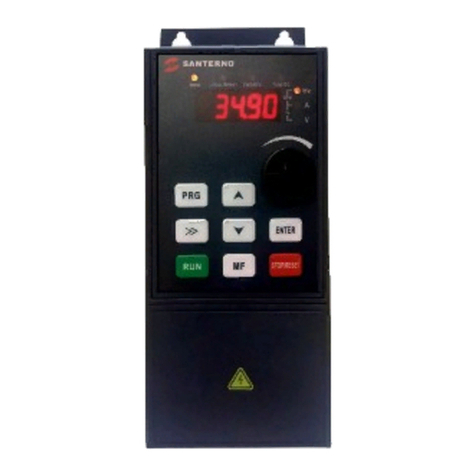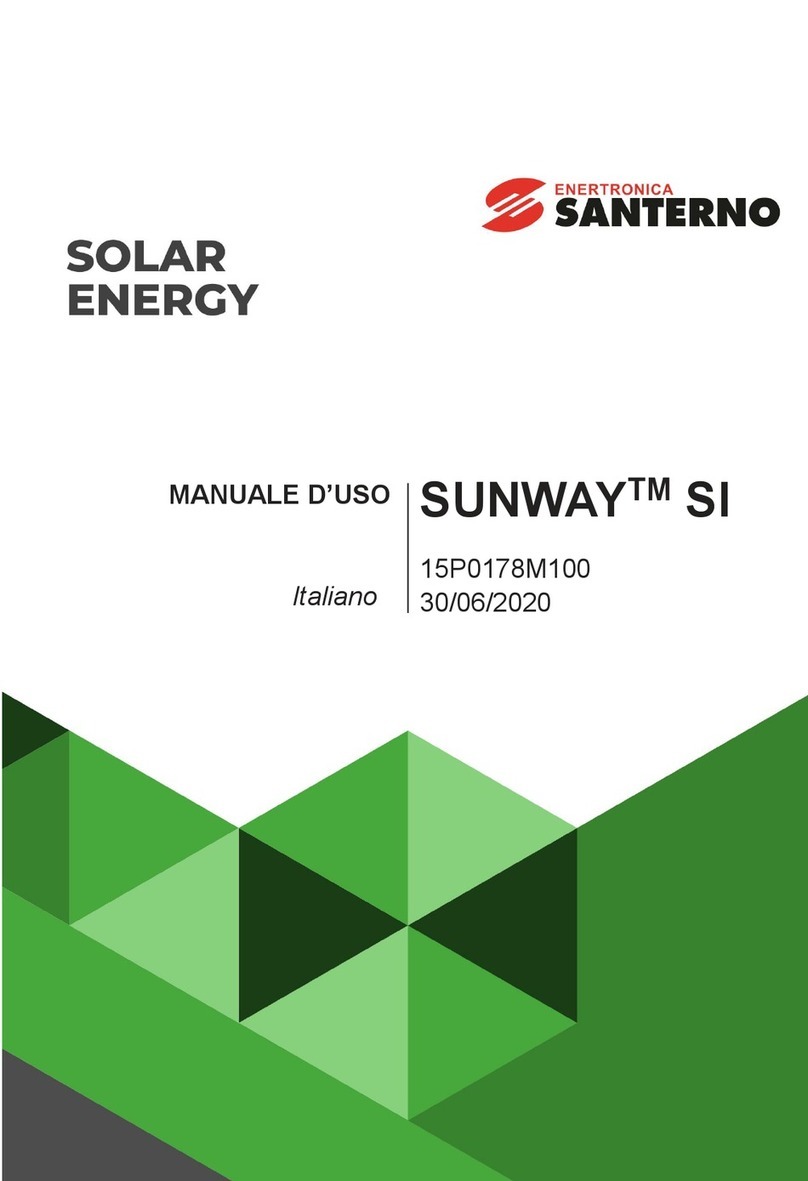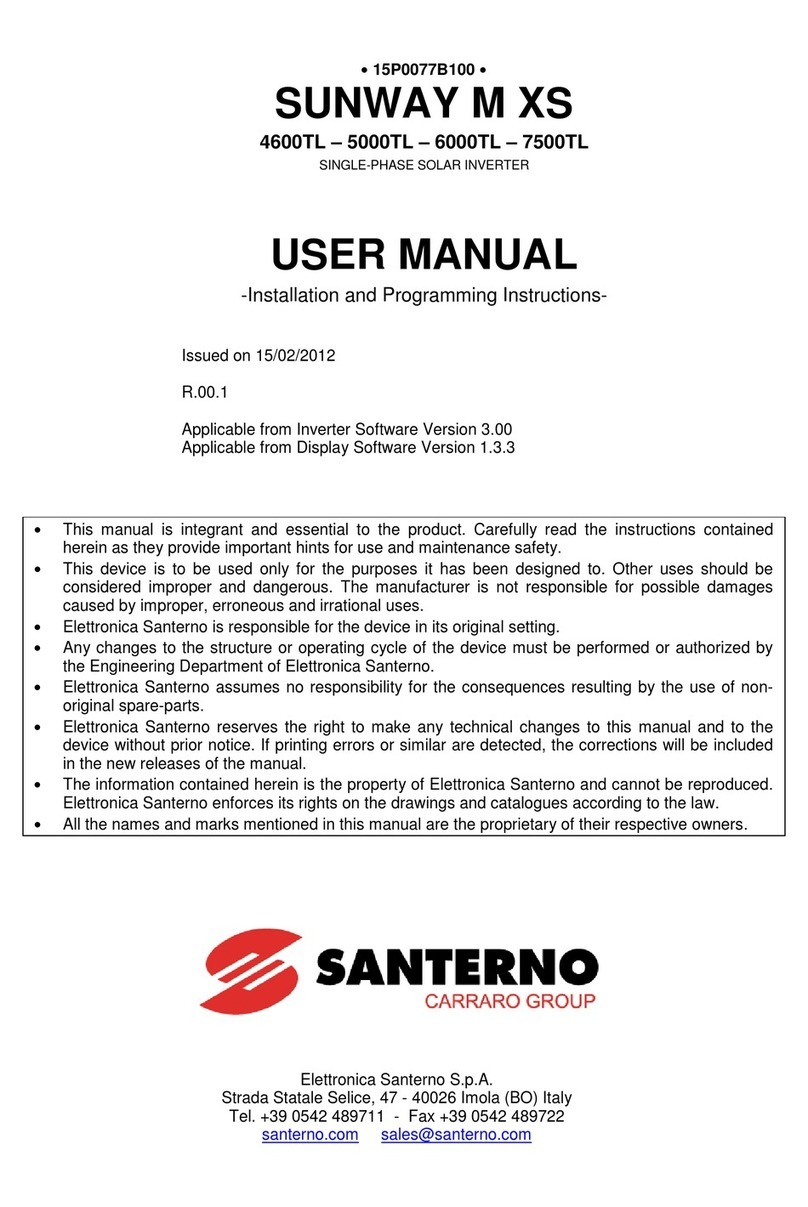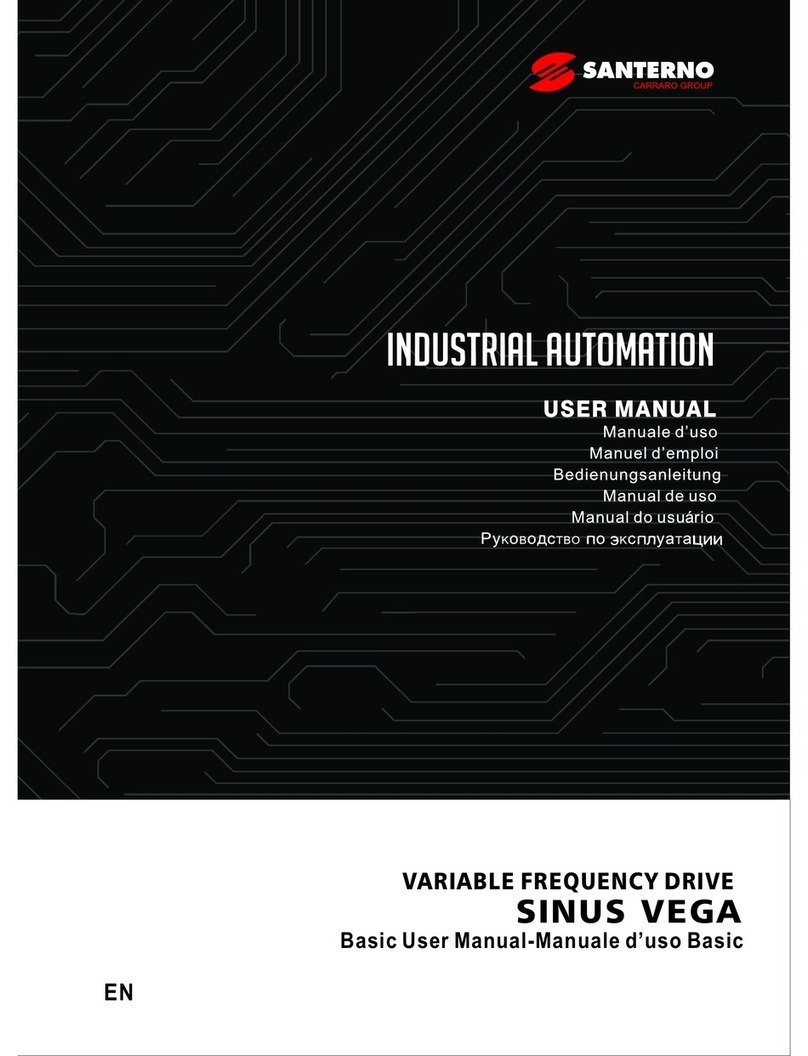
9
9.7 Frequency limit.................................................................................................................................... 9-21
CHAPTER 10 - Advanced functions........................................................................................... 10-1
10.1 DC brake ........................................................................................................................................... 10-1
10.2 Jog operation .................................................................................................................................... 10-3
10.3 UP – DOWN...................................................................................................................................... 10-4
10.4 3-Wire operation (Start – Stop via push buttons) .............................................................................. 10-5
10.5 Dwell operation ................................................................................................................................. 10-6
10.6 Slip compensation............................................................................................................................. 10-7
10.7 PID control ........................................................................................................................................ 10-9
10.8 Auto-tuning...................................................................................................................................... 10-19
10.9 Sensorless Vector Control .............................................................................................................. 10-20
10.10 Energy-saving operation ............................................................................................................... 10-21
10.11 Speed search ................................................................................................................................ 10-22
10.12 Auto restart try............................................................................................................................... 10-24
10.13 Operating sound select (Carrier frequency change)..................................................................... 10-25
10.14 2nd motor operation ....................................................................................................................... 10-25
10.15 Self-Diagnostic function ................................................................................................................ 10-27
10.16 Remote(RS485) / Local Exchange ............................................................................................... 10-29
10.17 Cooling fan control ........................................................................................................................ 10-30
10.18 Operating mode selection when cooling fan trip occurs ............................................................... 10-31
10.19 Parameters read/write................................................................................................................... 10-32
10.20 Parameters Restore default / Lock ............................................................................................... 10-33
10.21 Functions related to “Fire Mode”................................................................................................... 10-36
CHAPTER 11 - Monitoring .......................................................................................................... 11-1
11.1 Operating status monitoring ...............................................................................................................11-1
11.2 Monitoring the I/O terminal.................................................................................................................11-3
11.3 Monitoring fault condition ...................................................................................................................11-4
11.4 Analog Output.....................................................................................................................................11-6
11.5 Multi-function output terminal (MO) and Relay (3AC) ........................................................................11-7
11.6 Output terminal select at keypad-inverter communication error ......................................................11-13
CHAPTER 12 - Protective functions .......................................................................................... 12-1
12.1 Electronic Thermal ............................................................................................................................ 12-1
12.2 Overload Warning and trip ................................................................................................................ 12-2
12.3 Stall prevention.................................................................................................................................. 12-3
12.4 Output phase loss protection ............................................................................................................ 12-5
12.5 External trip signal ............................................................................................................................ 12-5
12.6 Inverter Overload .............................................................................................................................. 12-6
12.7 Frequency command loss................................................................................................................. 12-7
12.8 DB Resistor Enable Duty setting ...................................................................................................... 12-9
CHAPTER 13 - RS485 communication ...................................................................................... 13-1
13.1 Introduction ....................................................................................................................................... 13-1
13.2 Specification...................................................................................................................................... 13-1



































